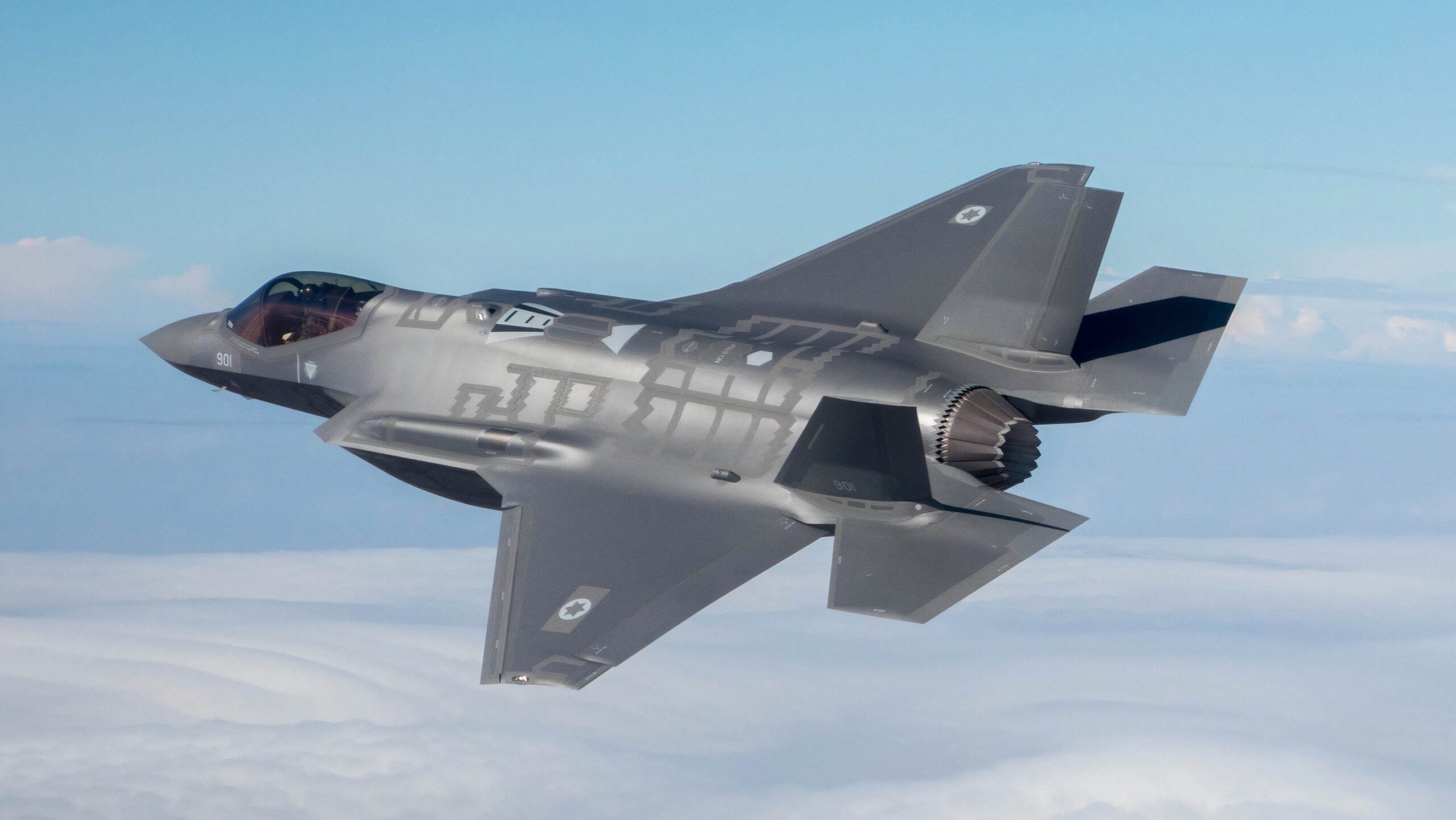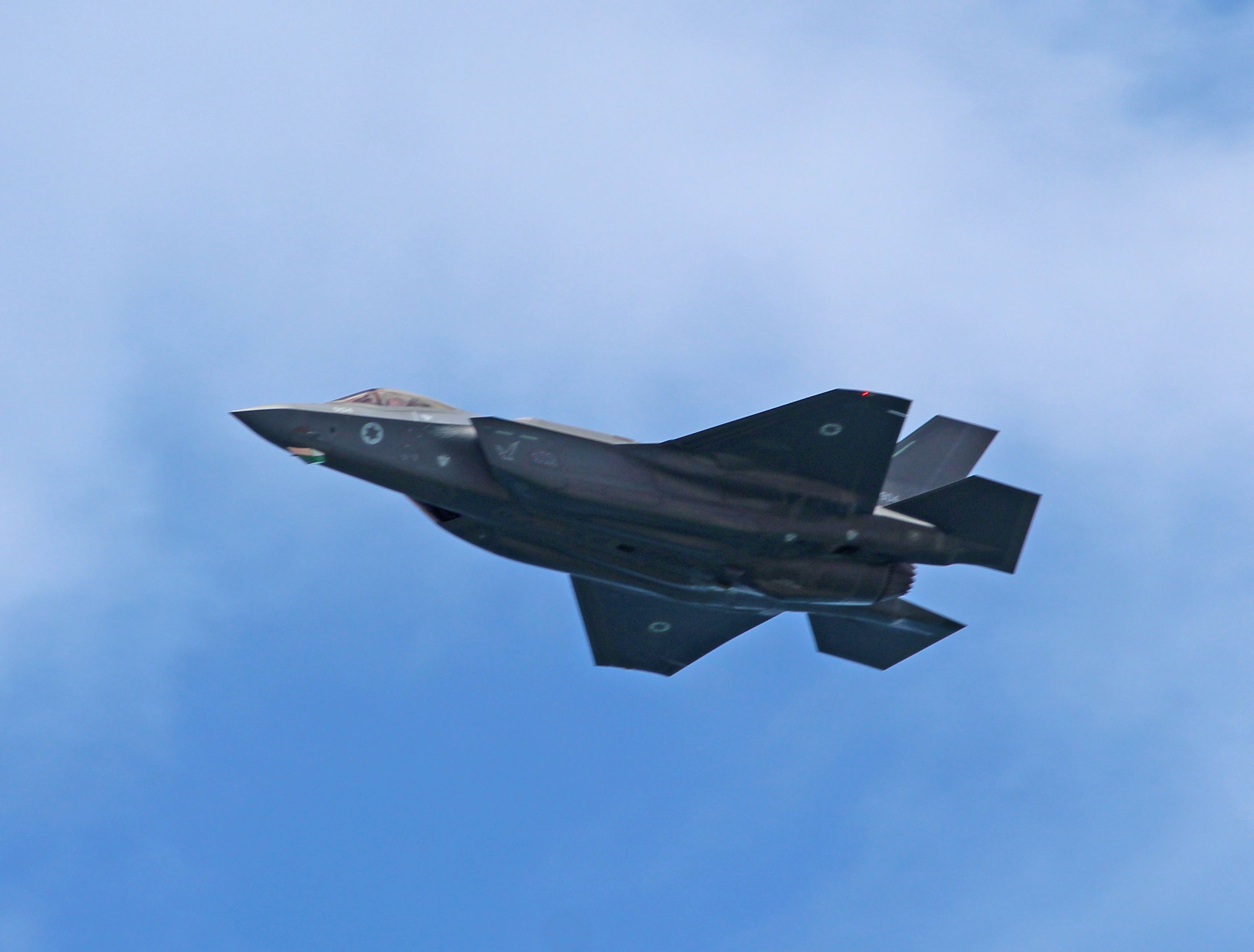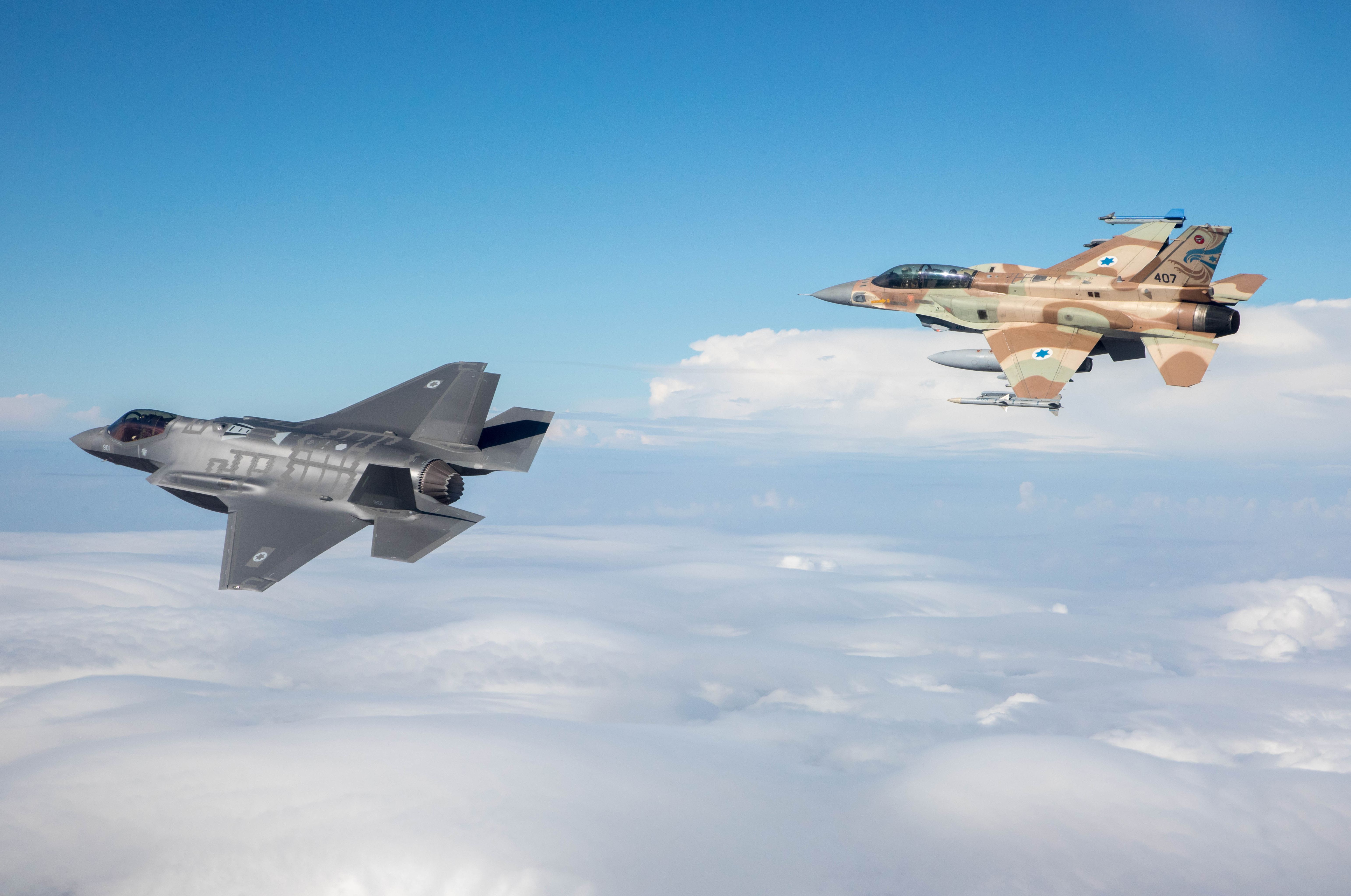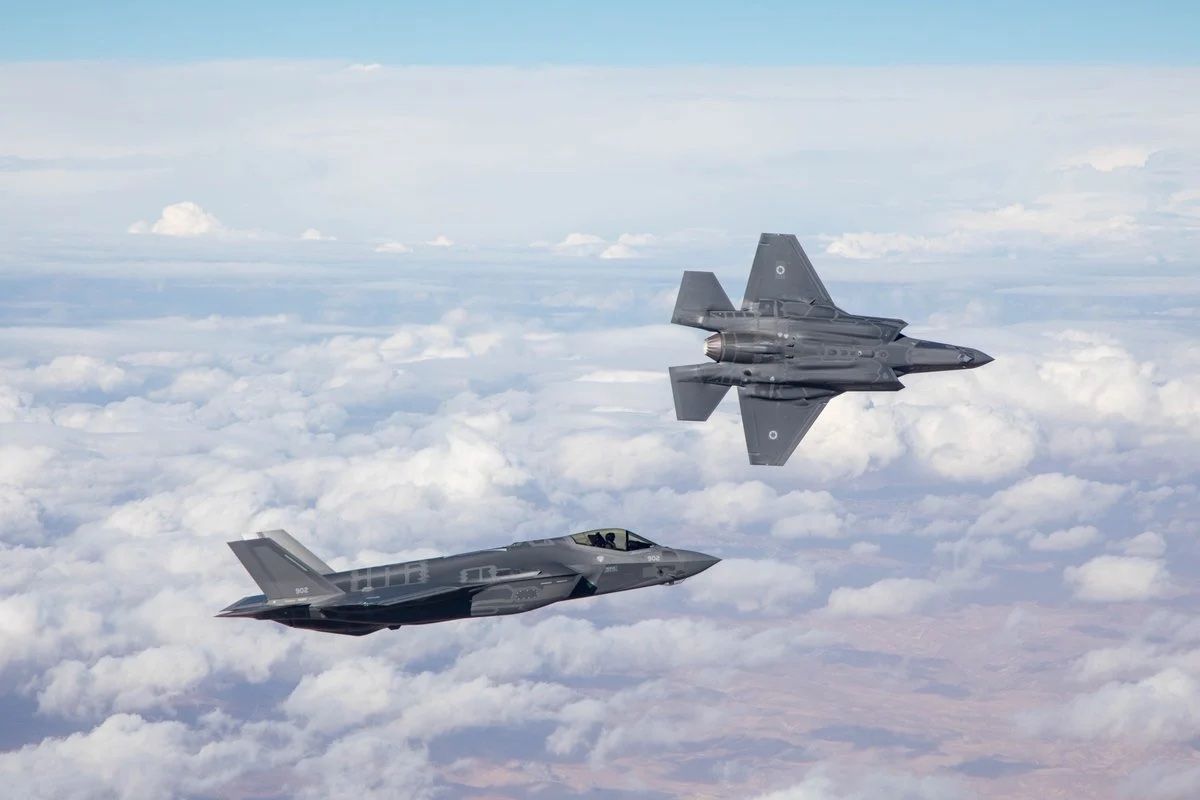Summary
- Israel operates a unique variant of the F-35, the F-35I Adir, which is the backbone of NATO’s fighting capabilities.
- Israel’s F-35 procurement process dates back to 2003 and involves both support and concern from the US and allied countries.
- F-35s have shifted Middle East power, with Israeli jets conducting unseen missions over Tehran and have recorded aerial victories.
The Lockheed Martin F-35 Lightning II is undeniably the most advanced and capable multirole stealth fighter to enter the skies. As a result, many of America’s allies have been pursuing its acquisition for years. Though many global air forces are now equipped with the fighter, which is slowly becoming the backbone of NATO’s aerial fighting capabilities, Israel was the first nation outside the United States to receive the aircraft.
The extensive procurement process undertaken by the Israeli government dates all the way back to 2003, and today, the aircraft plays a central role in the region’s many conflicts. With the first operational Israeli F-35 squadron entering service in 2017, the organization has quickly grown its fleet to include nearly 40 jets. Israel even operates its own unique variant of the F-35, which has been dubbed the F-35I Adir.
With extensive controversy surrounding Israel’s actions, it is unsurprising that much attention has recently been given to how Israel was able to acquire its next-generation fighters. These jets resulted from a decades-long procurement process involving countless stages of approval from the United States Department of Defense, manufacturer Lockheed Martin, and many allied countries actively participating in the F-35 program. In this article, we will look at exactly how Israel’s military got its hands on these sought-out American-built stealth fighters.
The origins of the program
The Israeli Air Force has long maintained a large American-built fighter fleet. According to FlightGlobal’s 2024 report on the world’s air forces, the organization maintains over 200 McDonnell Douglas F-15 Eagle and General Dynamics F-16 Fighting Falcon aircraft, which combine air superiority and multirole combat capabilities.
While these aircraft undeniably offer Israel impressive capabilities, they are undeniably older-generation airframes, both of which were designed before the turn of the millennium. It was not long after the year 2000 when military strategists and journalists alike began to note that Israel’s fighter force would need an upgrade soon.
According to documents from the Jewish Virtual Library, the Israeli government began to pursue the procurement of the United States’ latest generation stealth fighter as early as 2003. The formal letter of agreement signed between the two nations that year was worth almost $20 million and allowed Israel to join the program as a “security cooperation participant.”
Security concerns regarding the F-35’s export to Israel also arose early in the process, with the United States briefly removing the nation as a development partner in 2006 due to concerns over Israel’s increasingly close ties to China, according to The Jerusalem Post. Soon after, however, the nation was reinstated and began to develop missiles and precision bombs that were designed to be deployed from the weapons bays of the F-35.
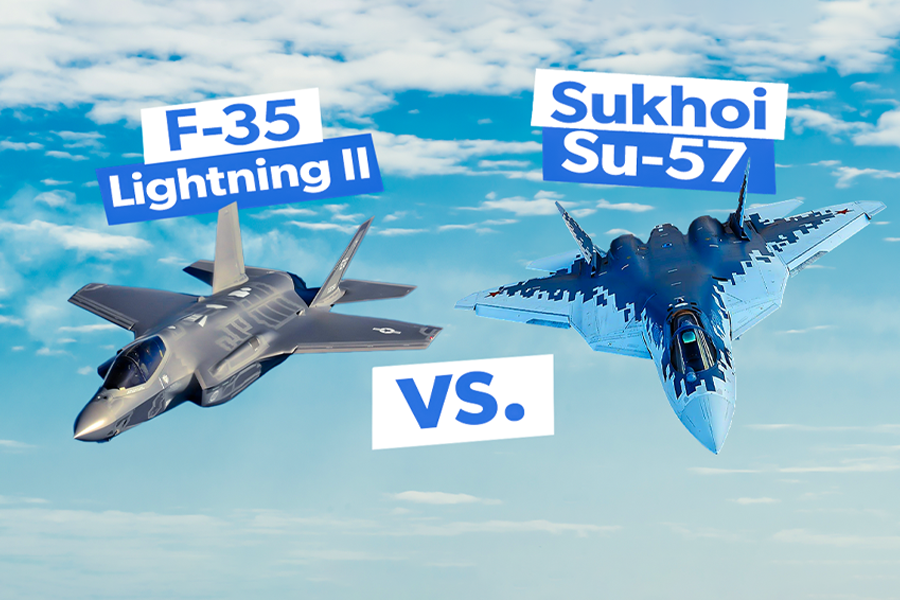
Related
F-35 Lightning II Vs. Sukhoi Su-57: Stealth Capabilities Face-Off
Russia versus America.
Orders are placed
According to reports from Israeli newspaper Haaretz, the first official Israeli order for the F-35 Lightning II came on September 16th, 2010, when Prime Minister Benjamin Netanyahu and Defense Minister Ehud Barak finally decided to purchase 20 F-35 fighter jets. The aircraft purchase was heavily protested by domestic defense contractors within Israel and multiple factions within the government over its expensive price.
Other Israeli leaders pushed back, indicating that F-35s would not be needed to maintain technological superiority in the region and that the nation would be better off developing its own next-generation fighters. In 2013, the program also faced pushback from the Japanese government, who had indicated that exporting F-35s containing Japanese-made systems could violate the nation’s laws against exporting weapons to nations involved in military conflicts.
Photo: Boeing Defense
At this time, it had also become clear that the Israeli F-35s would have special modifications from the standard land-based F-35A variants, as the Department of Defense had declined some of Israel’s requests for the normal variant due to security concerns. These jets were to be named the F-35I Adir and are the latest in a long line of Israeli-specific variants of American-built fighter jets, including the F-15I and the F-16I.
However, the first sets of F-35s to be received by Israel were to be the original F-35As, as the modification process was still years down the line, and Israeli defense leaders wanted operational F-35s sooner. In 2014, Israel confirmed yet another order for the F-35, purchasing 25 more jets for a second squadron, and tacked on even more jets the next year.
By the time the jets were approaching their first delivery in 2016, Defense Update reported that the initial batch of 19 aircraft would be delivered as standard F-35A models while the remainder of what had become a 50-jet order would be the modified F-35I variants. The first deliveries of the F-35 to Israel began in 2016, and the first squadron was combat-ready by the end of 2017.

Related
5 Reasons Why The F-35 Lightning II Is The Most Popular 5th Gen Fighter Jet
The F-35 is arguably the most advanced fighter jet in the world today – and is certainly the most numerous 5th-gen fighter.
Operational history
Shortly after entering service, the Israeli F-35s immediately began to shift the balance of aerial power in the Middle East. According to CNBC, the Israeli Air Force operated an F-35 mission in which three aircraft were flown to the Iranian capital, Tehran, and back to Israel without the Iranians noticing.
While the Israeli military did not confirm the mission, the Iranian supreme leader Ali Khamenei reportedly fired multiple air force leaders following the incident. Israel was quick to continue displaying the stealth of the F-35, with Israeli Air Force chief Amikam Norkin reportedly displaying images of the jets flying over Beirut in broad daylight. The Israeli Air Force did confirm it had used the F-35s in combat, however, with an Israeli Major General sharing the following words with Defense News in 2018:
We are the first in the world to use the F-35 in operational activity.
Later reports would also indicate that the F-35’s first aerial victories were also recorded by Israeli pilots when the jet shot down multiple Iranian drones amid conflict in 2021. On April 13th of this year, when Iran struck Israel with more than 300 projectiles, one of the primary targets was the F-35I’s primary home at Nevatim Airbase. Although the missile strikes caused minor damage to the base, no F-35s were lost in the process.
The Israeli Air Force has continued demonstrating its long-standing commitment to the F-35 program. In July 2023, Reuters reported that Israel had agreed to a $3 billion purchase of another 25 F-35 multirole stealth fighters.

